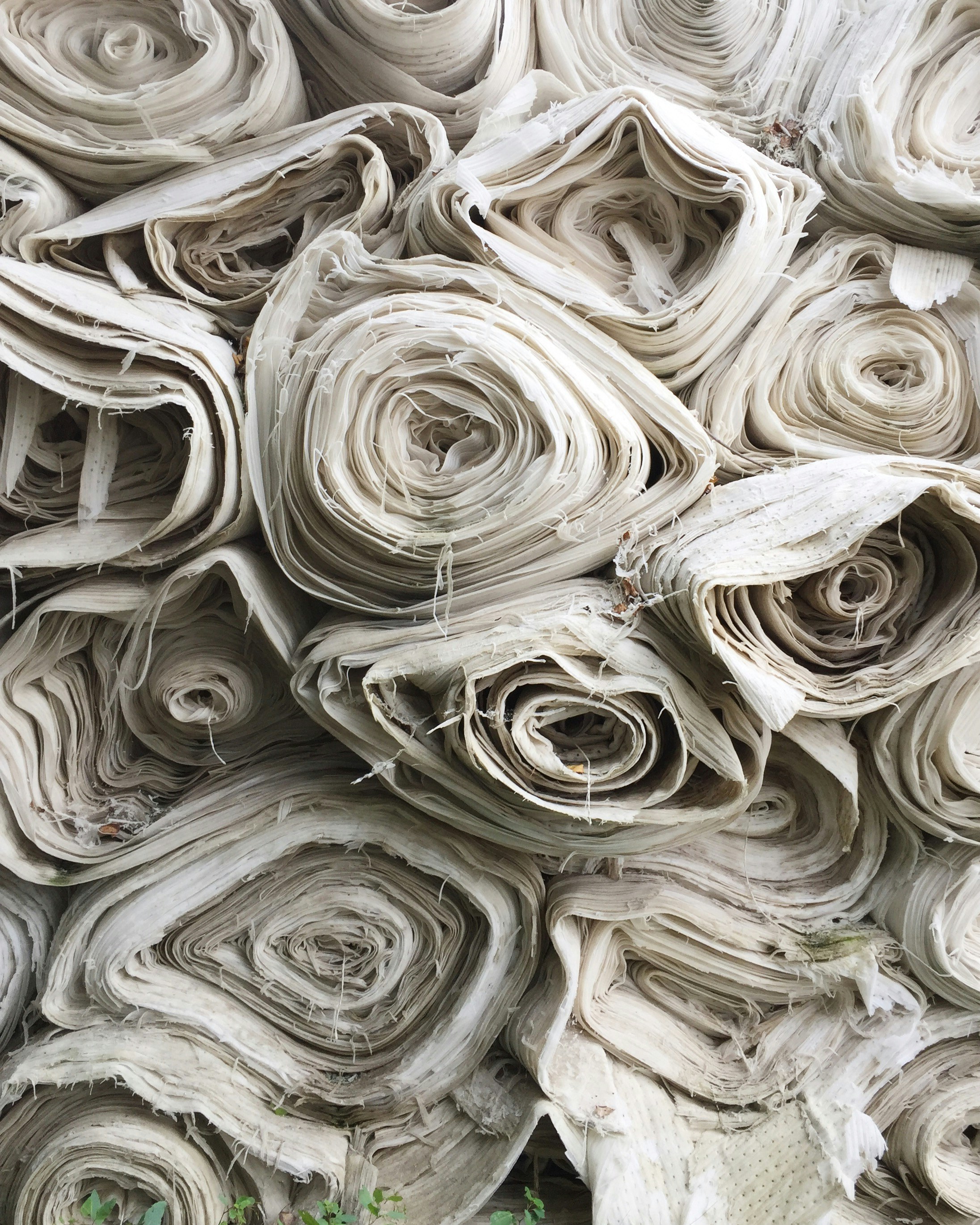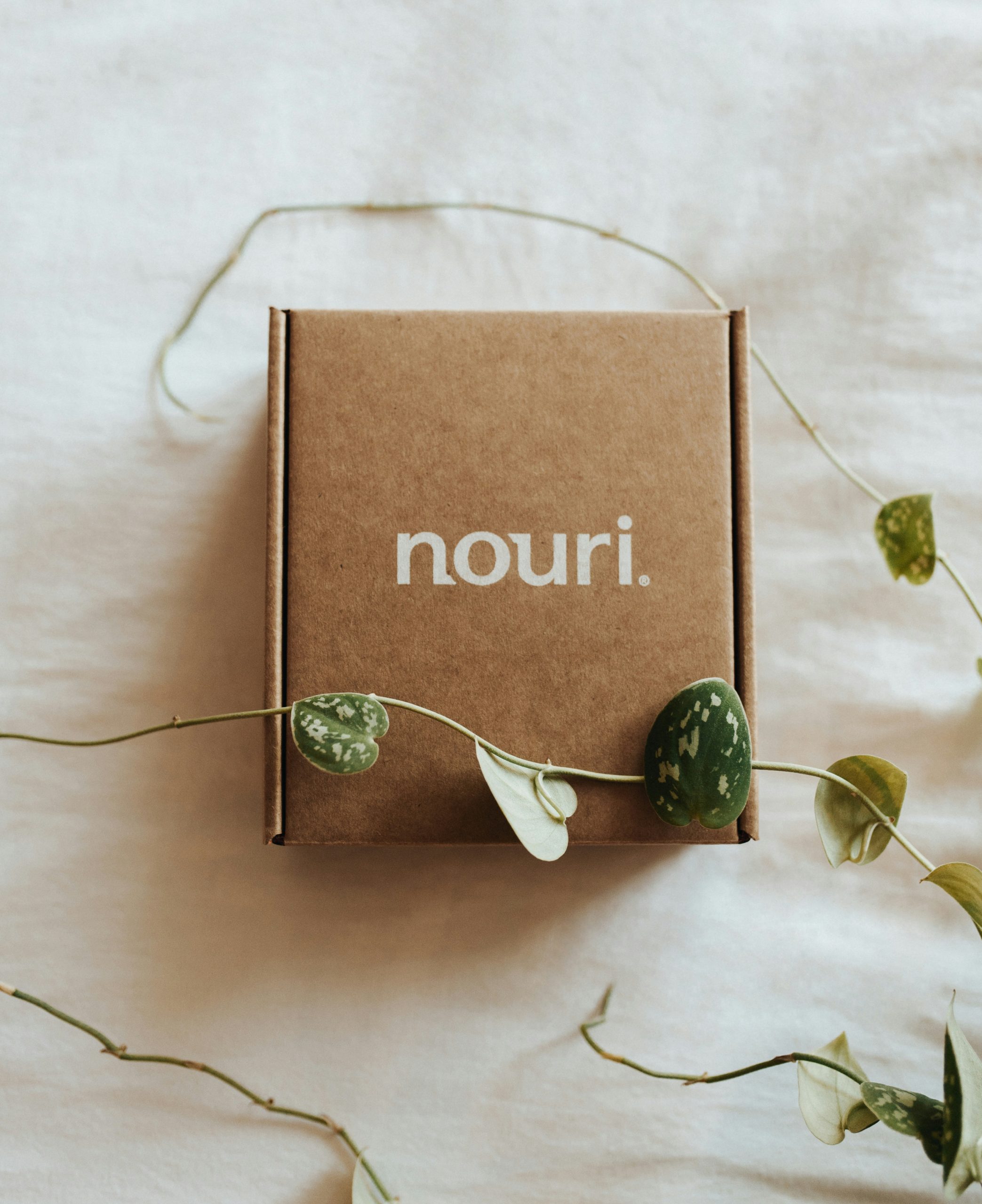Introduction to denim fabric
Denim is more than just a fabric; it’s a staple of modern fashion and culture. From classic jeans to trendy jackets, denim has woven itself into the very fabric of our lives. But have you ever heard of extra-soft denim? This luxurious version offers comfort without compromising style. With its buttery feel and versatility, it’s quickly becoming a favorite among fashion enthusiasts.
As we delve deeper into the world of extra-soft denim fabric, you’ll discover its fascinating history, unique manufacturing process, various types available, and both advantages and disadvantages. Plus, we’ll explore sustainable methods that are shaping how this beloved textile is produced today. So grab your favorite pair of jeans—it’s time to unravel the story behind extra-soft denim!
The history of extra-soft denim fabric
Extra-soft denim fabric has a rich history that traces back to the 19th century. Originally, denim was a sturdy material designed for durability. It became the go-to choice for workers and miners who needed tough clothing.
As fashion evolved in the latter half of the century, so did denim’s appeal. By the mid-20th century, designers began experimenting with softer finishes. They recognized that comfort could coexist with style.
The introduction of innovative washing techniques played a pivotal role in creating extra-soft variants. Stone-washing and enzyme treatments transformed rough fabrics into something more luxurious against the skin.
Throughout recent decades, consumer demand shifted towards comfort-driven textiles. This trend paved the way for manufacturers to perfect extra-soft denim blends, often incorporating materials like modal or lyocell for enhanced softness while maintaining durability. Today, this fabric embodies both heritage and modernity, appealing to diverse tastes across fashion spectrums.
The manufacturing process of extra-soft denim fabric
The manufacturing of extra-soft denim fabric begins with the selection of high-quality cotton fibers. These fibers are carefully chosen for their softness and durability, setting the foundation for a comfortable textile.
Once selected, the cotton undergoes a spinning process. This transforms the raw fibers into yarn, ensuring an even thickness soft denim fabric throughout. Softness is further enhanced through specialized techniques like ring-spinning or open-end spinning.
Next comes weaving. The yarns are woven together on looms to create a unique twill pattern that’s characteristic of denim. For extra softness, manufacturers often use lighter weaves or incorporate stretch materials.
After weaving, treatments such as enzyme washing or stone washing follow. These processes soften the fabric while adding character and depth to its appearance.
Finishing touches like dyeing and additional softening agents ensure that each yard of extra-soft denim feels luxurious against the skin before it reaches consumers.
Different types of extra-soft denim and their uses

Extra-soft denim fabric comes in various types, each catering to different preferences and uses. One popular option is stretch denim, which incorporates elastane for added flexibility. This type is ideal for fitted jeans or stylish leggings that hug the body.
Another variant is lightweight chambray. Often mistaken for traditional denim, chambray offers a breezy feel perfect for shirts and summer dresses. It provides comfort while retaining that casual charm.
Then there’s brushed denim, which has a soft texture achieved through special finishing processes. This variety works wonders for cozy jackets and loungewear, making it an excellent choice during cooler months.
Eco-friendly options like organic cotton denim are gaining traction. These fabrics not only deliver softness but also promote sustainable fashion practices—ideal for those who prioritize environmental responsibility in their wardrobe choices.
Advantages and disadvantages of using extra-soft denim fabric

Extra-soft denim fabric is gaining popularity for its comfort and versatility. One major advantage is its luxurious feel against the skin, making it an excellent choice for everyday wear. The softness also allows for greater movement, perfect for active lifestyles.
However, there are drawbacks to consider. Extra-soft denim can be more susceptible to wear and tear. This means it may not hold up as well over time compared to sturdier alternatives.
Another point to keep in mind is that softer denims often require special care during washing. They can fade faster than traditional options if not treated properly.
Yet, many people find the trade-offs worthwhile given the enhanced comfort and style they offer. Balancing these factors helps individuals choose what best suits their needs and preferences in the world of fashion.
Sustainable production methods for extra-soft denim fabric
Sustainable production methods for extra-soft denim fabric focus on minimizing environmental impact. Brands are increasingly adopting eco-friendly practices that not only benefit the planet but also enhance the quality of their products.
One way to achieve this is through the use of organic cotton. This reduces reliance on harmful pesticides and promotes healthier soil ecosystems. Additionally, utilizing water-saving techniques during production helps conserve one of our most precious resources.
Recycling and upcycling old denim into new fabrics further contribute to sustainability efforts. By repurposing existing materials, manufacturers can significantly reduce waste while still producing high-quality soft denim options.
Brands are also exploring natural dyes derived from plants and minerals instead of toxic chemicals. This creates a safer environment for workers and consumers alike while maintaining vibrant colors in extra-soft denim garments.
Embracing these innovative approaches ensures that fashion can be both stylish and sustainable.
Conclusion
Extra-soft denim fabric has transformed the way we think about this classic textile. Its unique blend of comfort and style makes it a go-to choice for many consumers. As fashion evolves, so does our appreciation for sustainable practices in producing soft denim.
By understanding its history and manufacturing process, we can better appreciate the craftsmanship behind each piece. The variety of extra-soft denim types available allows for versatility across different styles and occasions. While there are both advantages and disadvantages to consider, the comfort factor often outweighs any drawbacks.
For those who prioritize sustainability, it’s heartening to see technology that eco-friendly production methods are gaining traction in the industry. This shift not only benefits consumers but also contributes positively to our planet’s health.
As you explore your wardrobe options or shop for new pieces, keep an eye out for extra-soft denim fabric—it just might become your favorite staple!


